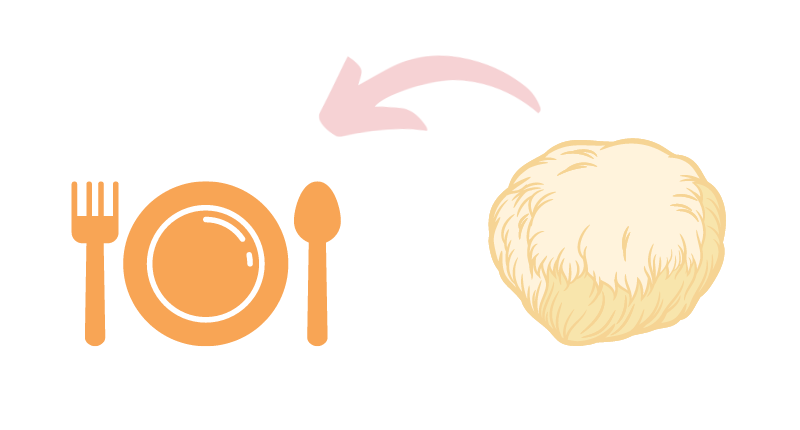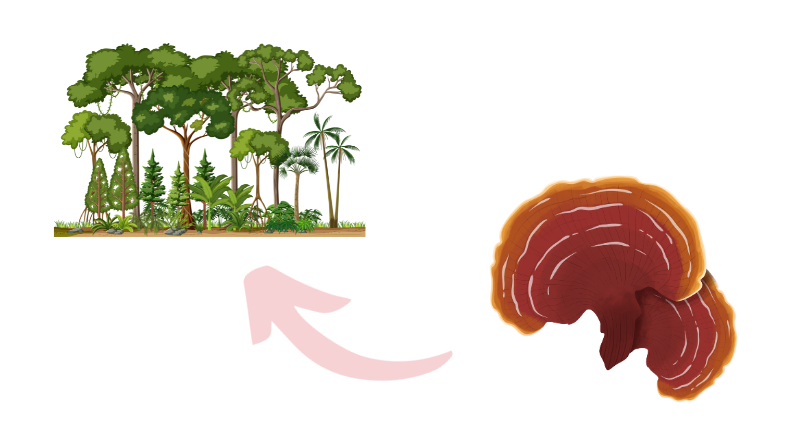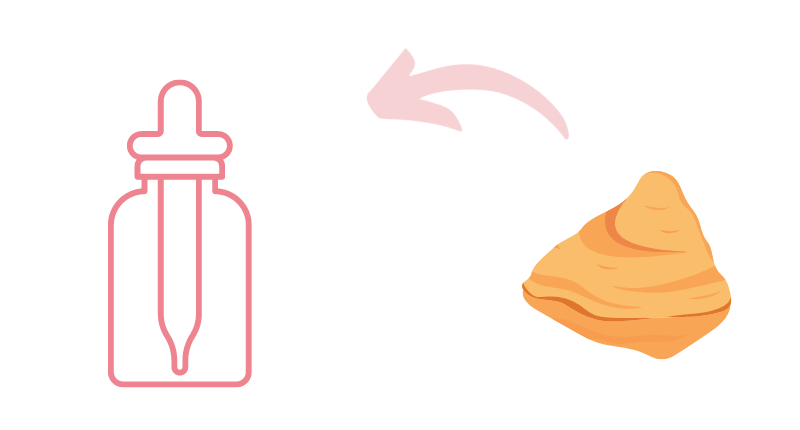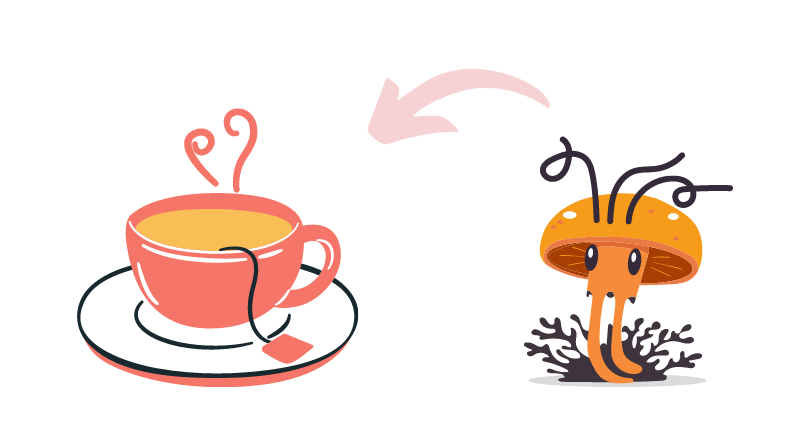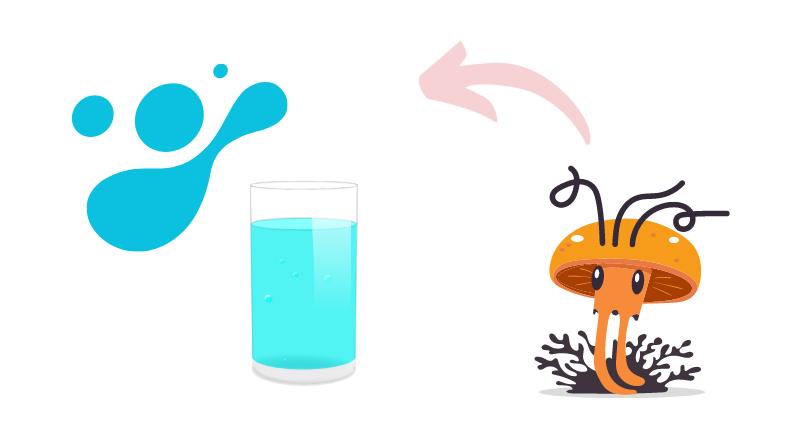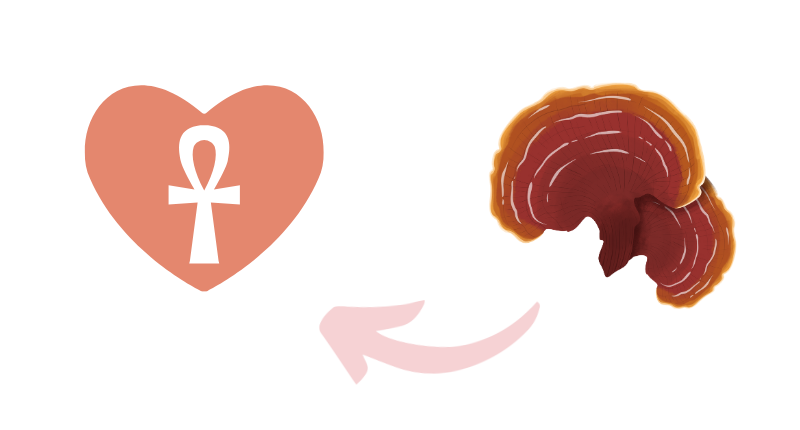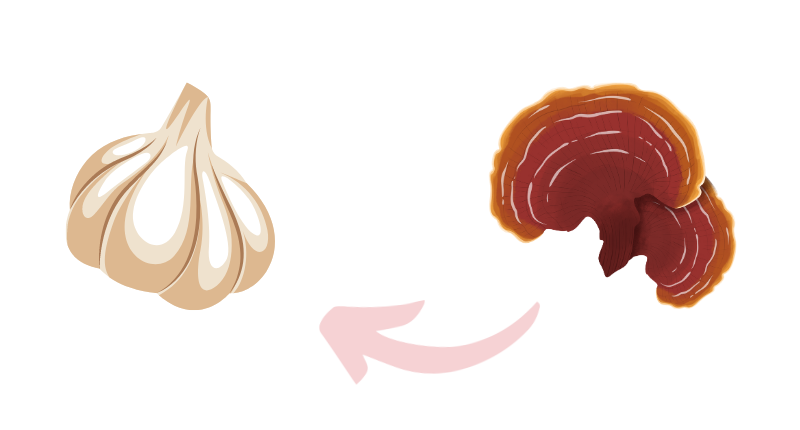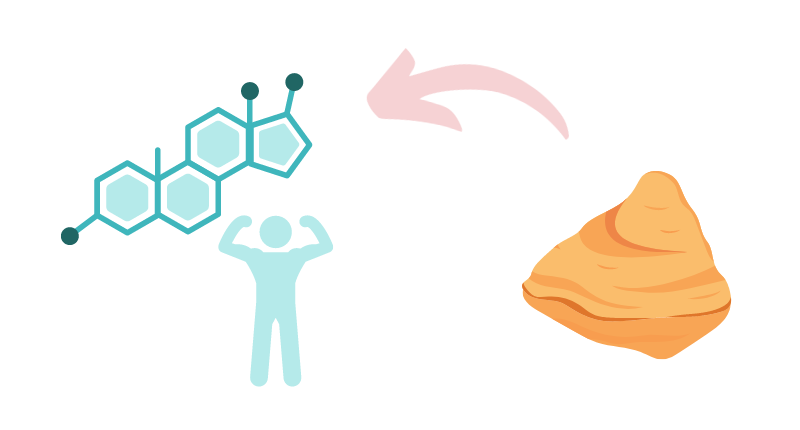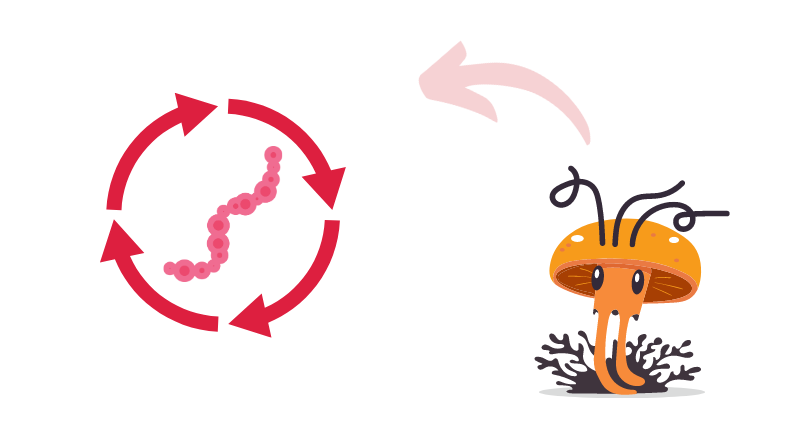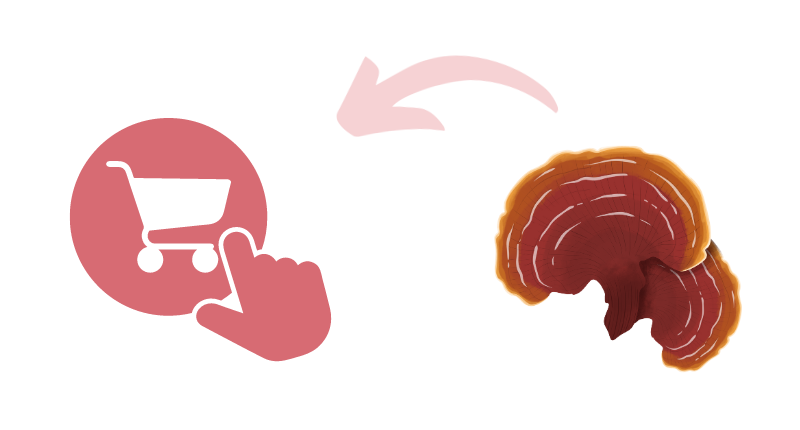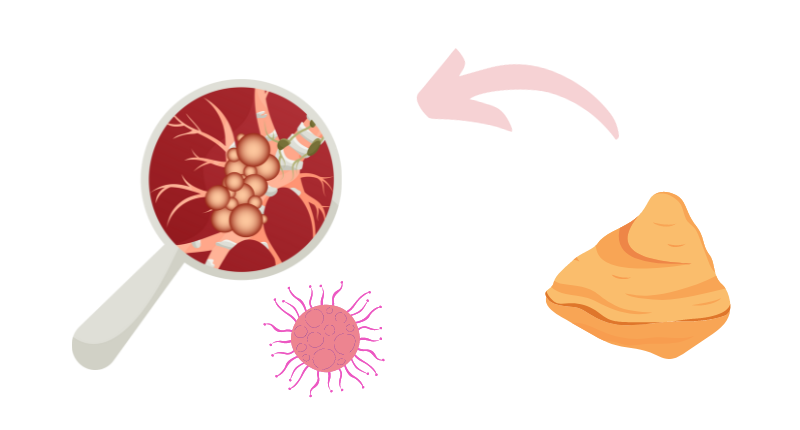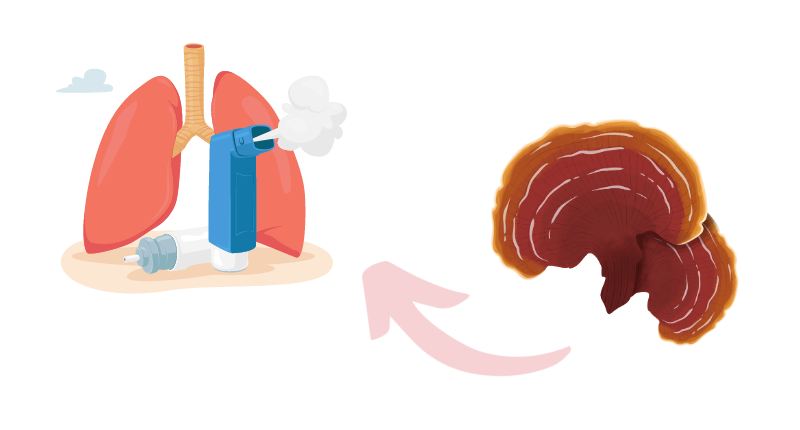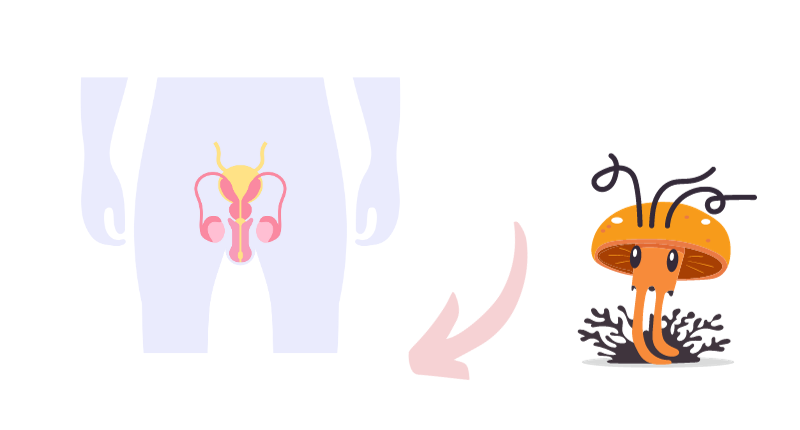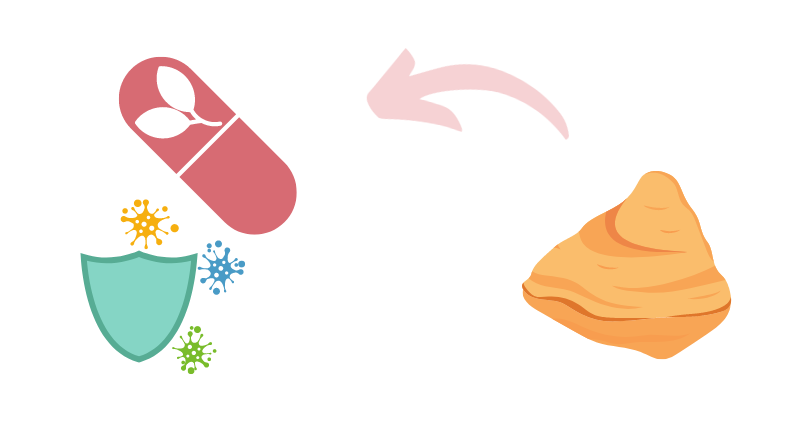THE CHAGA MUSHROOM: A GATEWAY TO THE PAST
A Fungus Among Us that has Historical Clout
Chaga mushroom is one of the elements of folk medicine and in the north of Europe and Asia it is claimed to be cure for health problems. In Siberian folk medicine, it was a common approach to the problems of stomach and immunity support, with the usage for inflammatory conditions being what sparks modern interest.
NOOTROPICS: THE COGNITIVE CLAIM OF CHAGA
EFFECT OF CHAGA ON RHEUMATOID ARTHRITIS
BIOACTIVE BRIGADE
CHAGA: CONSUMPTION FOR CONDITIONING
Chaga’s fluidity of consumption in its raw, tea type state or refined supplements makes it quite adaptable to the diets of the people in need of its attributes against rheumatoid arthritis.
WHY CHAGA? RHEUMATOID ARTHRITIS IN A DIETETIC POINT OF VIEW
In the diet and RA context, Chaga is exceptional due to its high nutrient content and probably anti-inflammatory action. It is not only what you eat but what is done with it in your body; bioactive compounds in chaga might help to control the body’s immune response as well as maintain joint health.
The ancients didn’t require clinical trials to put their trust in the Chaga but the modern consumers get something from a scientific investigation. Continuing studies are to clarify the role of Chaga in the management of rheumatoid arthritis symptoms.
THE SUPPLEMENT SITUATION: CHOOSE THE BEST
Given Chaga’s increased attraction, quality control is crucial. Seek for products that assure both purity and sustainability, for example, tested for pollutants and preservation in responsible ways.
OTHER SUPPLEMENTS & NATURAL WAYS FOR JOINTS
Although chaga mushroom is developing interest due to its potential of helping in rheumatoid arthritis, it is one part of a wider range of supplements and natural approaches that can enhance the health of the joints.
Diversity in Natural Care: A Synergistic Course Of Action
The most typical holistic treatment of joint health is the combination of nutritional supplements and lifestyle changes. The anti-inflammatory properties of omega-3 fatty acids, which are found in fish oil, have been well appreciated.
Glucosamine and chondroitin are two additional supplements linked with joint health, claimed to help in re-building cartilage and restoring joint function.
The Herbal Harmony: Curcumin and Ginger
Herbs and spices are also an important component of natural joint care. Another component curcumin which is active ingredient of turmeric, is also acclaimed for its powerful anti-inflammatory properties.
Likewise, ginger has certain compounds that possess analgesic and anti-inflammatory properties that can relieve pain and inflammation in the joints.
Movement is Medicine: The Part played by Physical Aerobic
Physically active exercises, customized to individual capabilities and sensitivity, is an essential component for preserving the joint flexibility and power.
Practices that do not cause pain to the joints and causes a lot of mobility, such as swimming, cycling and tai chi improves symptoms without worsening the current state.
Side-effects which are unlikely are by the method of mind-body technique
Articulately learned activities such as yoga and meditation enables a person to discover more than just relaxation; but it as well allows reduction in the perception of pain.
The ideas diminish stress response, which subsequently contributes to the reduction of inflammation, which is the usual culprits that worsen a joint disease.
Dietary Decisions: Anti-Inflammatory Eating
A diet that contains an inflammatory component with several fruits, vegetables, whole grains and lean proteins make your health better, and which in turns, combat the inflammation that may cause joint pain.
Antioxidant-rich foods are effective in releasing of free radicals in the body. These foods might defend the joint tissues from being damaged.
Ecological Regulations for Keeping the Joints in Good ConditioM
Achieving basic models of environmental settings like keeping the environment warm and humid may develop joints?. Application of heat pads or warm baths as well eases joint inflammation that is caused by arthritis associated with RA.
MORE READING: CHAGA MUSHROOM & TESTOSTERONE
INTEGRATING NATURAL METHODS
Those who have joint problems like rheumatoid arthritis can derive an utter benefit if a personalized strategies that mix natural methods together with medical treatments is designed for them. Dietary consultation with a healthcare expert will help in devising a holistic approach which is specially framed for different individuals after considering their health goals and limitations.
To summarise, the compartmentalisation of joint health is multi-pronged and requires a combination of supplements derived from natural sources, diet modification and lifestyle changes. Chaga mushroom is distinctive because of its historical applicability as well as its purported medical benefits.
Nevertheless, a diversified approach that combines the best features of an approach based on natural remedies with supplemental ones seems to be the way of achieving the best for people looking to improve on joint health and general wellness.
CONCLUSION
Chaga mushroom, steeped in history and brimming with potential, represents a confluence of tradition and science. As research unfolds, Chaga may secure a more defined role in the dietary management of rheumatoid arthritis, offering those affected a natural adjunct to traditional treatments.
REFERENCES
- Oliveira-Costa, José Fernando et al. (2022) “Anti-Inflammatory Activities of Betulinic Acid: A Review.” Frontiers in pharmacology
- Kim, Yeon-Ran. (2005) “Immunomodulatory Activity of the Water Extract from Medicinal Mushroom Inonotus obliquus.” Mycobiology
- Lu, Yangpeng et al. (2022) “Recent Developments in Inonotus obliquus (Chaga mushroom) Polysaccharides: Isolation, Structural Characteristics, Biological Activities and Application.” Polymers
- Ogbomida, Emmanuel Temiotan et al. (2018) “Bioactive profiling and therapeutic potential of mushroom (Pleurotus tuberregium) extract on Wistar albino rats (Ratus norvegicus) exposed to arsenic and chromium toxicity.” Toxicology reports
- Thomas, Paul, et al. (2020). “Chaga (Inonotus obliquus): a medical marvel but a conservation dilemma?“
-
Liu, Xueling et al. “Natural medicines of targeted rheumatoid arthritis and its action mechanism.” Frontiers in immunology




